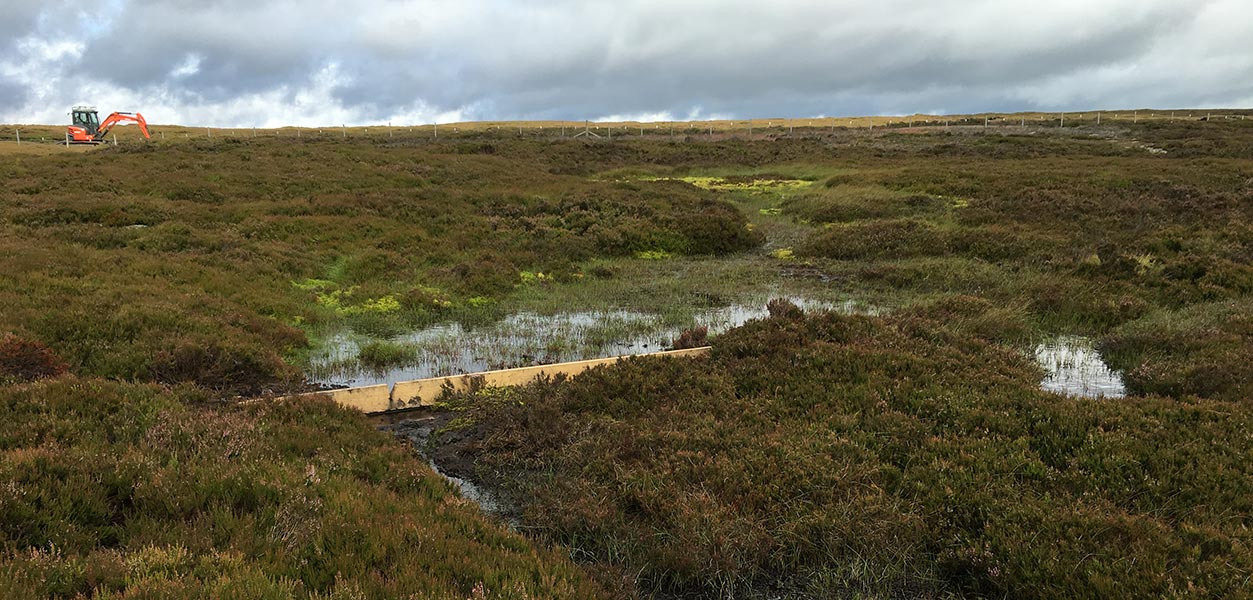
Conservation
The Estate is keenly aware of its responsibilities and obligations regarding conservation and has an enviable history of practicing sound management of natural resources. As well as preserving heritage and amenity, this includes sustaining soil and water quality, maintaining native biodiversity and features of special environmental, social and cultural interest. Today significant areas of the Estate are recognised with local, national and European scale environmental designations.
Britain has 75% of the world’s remaining heather moorland; its peat soils lock up carbon and slowly release water. Situated within the Peak District National Park, the Estate’s moorland is a designated a Site of Special Scientific Interest for its range of upland birds and plants. In 2009, influenced by a landscape assessment and following years of planning and consultation, the Estate embarked upon a scheme to fell 170 acres of quick growing conifer trees to restore the area to semi-natural moorland habitat. Restoration with locally sourced seed to supplement regeneration of the natural seed bank will ultimately contribute 69% to the Peak District’s Biodiversity Action Plan target for this habitat. Retained conifer woodland is being improved under a long term management plan. Opening the canopy will encourage new ground flora and planting native broadleaved trees along gullies will enrich ecological value.
Overgrazing and summer wildfires are a significant threat to moorland habitats. The Estate’s moorland area has been entered into a Higher Level Stewardship Scheme. This will see the implementation of a major project for re-wetting large areas damaged by centuries of acid rain, helping alleviate flood risk, revitalise carbon sequestering plants and protect against wildfire.

Re-wetting works at Bradfield Moor




